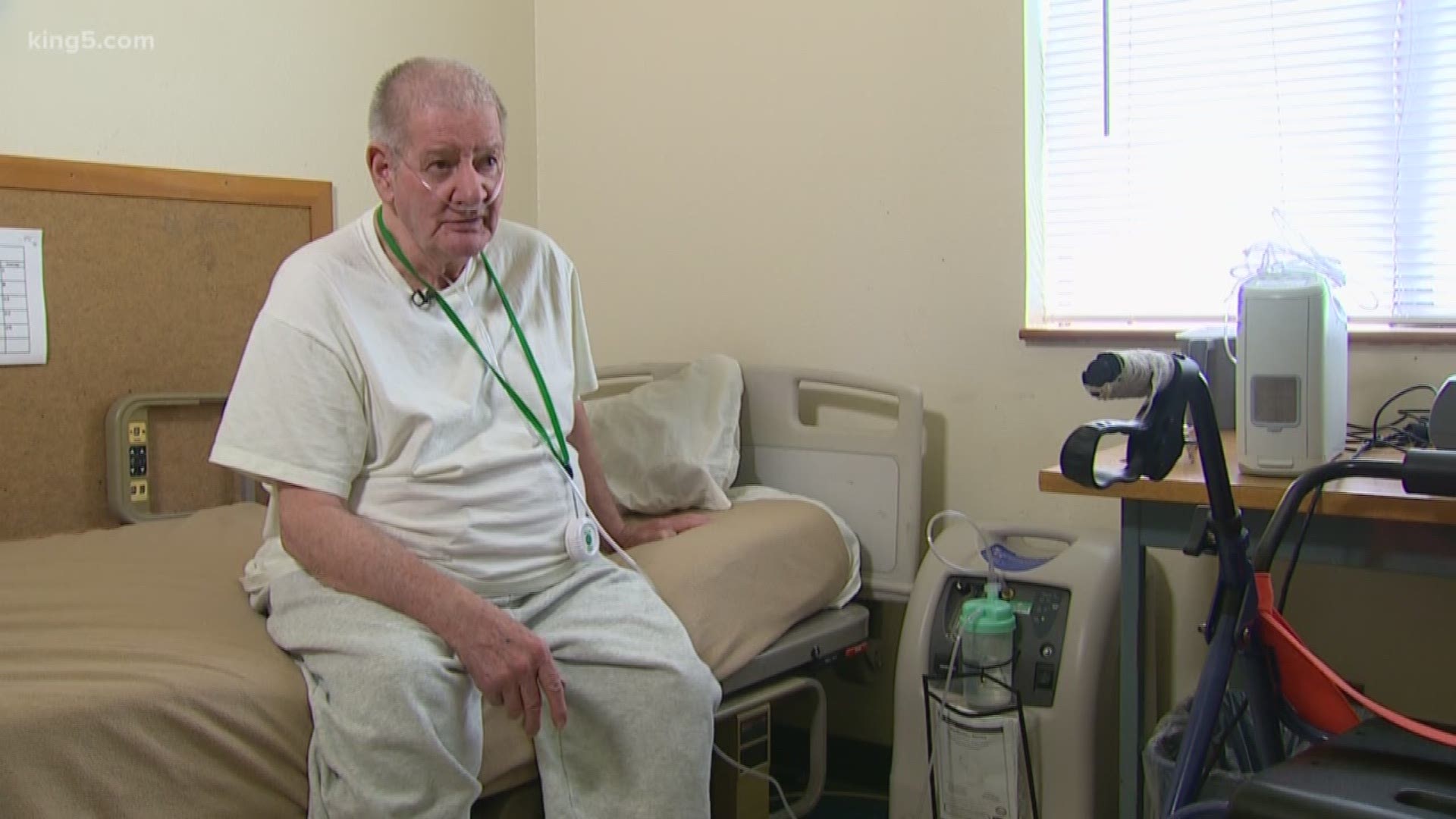As the state’s prison population gets older and more expensive to house, the Department of Corrections has a growing challenge.
The sickest and, in some cases, oldest inmates at Coyote Ridge Corrections Center in Connell, Wash. live in the Sage unit – a space that used to be used for minimum risk offenders.
The inmates suffer from illnesses like dementia, hypertension and diabetes. Some have had limbs amputated and are in wheelchairs.
The problem is not unique to Washington state. The U.S. Department of Justice and the ACLU recently studied the aging prison population across the U.S. and found the one of the most serious challenges of caring for inmates who are elderly or have special needs was containing health care costs. According to national studies, it costs more than twice as much to house an inmate once they pass the age of 50, and the costs increase the older an inmate gets.
At Coyote Ridge, inmates from the general population push offenders around in wheelchairs and spend time with the Sage offenders. Younger, healthier inmates also open doors for those who use walkers or wheelchairs. The state can’t afford to install the automatic doors found at nursing homes. Inmates who work as doormen get 55 cents an hour to man the doors.
“It gives them a little coffee money at the end of the month,” said Sage's manager Reed Leisinger.
He’s proud of the care the facility provides, but he called it a challenge and one that will only get worse.
"This is the fastest growing population we have in the state, and we better start looking at it realistically and take some measures right now, or we’re going to be looking at some serious issues down the road,” said Leisinger.
According to the Washington Department of Corrections, approximately one-third of the state’s inmates over the age of 50 are serving life sentences; 15% of them got life sentences as a result of the Three Strikes and You're Out initiative, requiring life sentences for those convicted of three felonies.
"This isn’t what prisons were designed for. This isn’t what they’re set up to be," said Rachel Seevers with Disability Rights Washington.
Seevers said their advocates have found senior inmates in need of specialized care locked in isolation cells or in prison medical unit beds.
She’s backed legislation to allow the release of older offenders serving life sentences, especially those too ill to re-offend.
"What is the purpose of a prison?" said Seevers. "If we have people who don’t know why they’re there… who have been there so long they have no support, who have no risk to the community, who are wildly expensive?"

